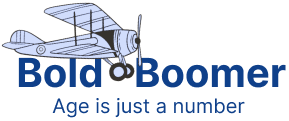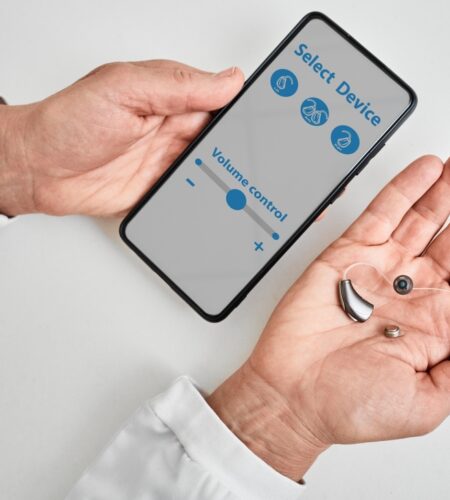In the realm of assistive technology for seniors, modern hearing solutions stand out as a beacon of innovation and personalization. Gone are the days of bulky, one-size-fits-all hearing aids. Today’s hearing solutions for the senior are not only technologically advanced but also customizable, ensuring that each individual’s unique hearing needs are met with precision and care.

The cornerstone of these modern hearing solutions is their ability to be tailored to the specific hearing profile of each user. With advancements in digital technology, hearing aids can now be programmed to amplify sounds based on the frequency and intensity of the user’s hearing loss. This customization means that seniors can enjoy a clearer, more natural listening experience, whether they’re engaging in conversation, enjoying their favorite music, or simply taking in the sounds of nature.
One significant advancement in this field is the integration of artificial intelligence (AI). AI-powered hearing aids can adapt to different sound environments, automatically adjusting settings for optimal hearing. Whether in a noisy restaurant, a crowded street, or at home, these smart devices analyze the ambient sounds and modify amplification accordingly, providing a seamless auditory experience.
Wireless connectivity is another feature that has revolutionized hearing solutions for the senior. Many modern devices can connect directly to smartphones, tablets, and TVs via Bluetooth, allowing users to stream audio directly to their hearing aids. This connectivity not only enhances the clarity of sound from electronic devices but also offers the convenience of controlling hearing aid settings through a smartphone app.


The physical design of hearing aids has also seen remarkable improvements. Modern devices are smaller, more discreet, and more comfortable to wear. They come in various styles, from behind-the-ear to completely-in-the-canal models, catering to different aesthetic preferences and comfort levels. The stigma often associated with wearing hearing aids is diminishing, thanks to these sleek and virtually invisible designs.
Rechargeable technology is an additional advancement that adds convenience to the lives of senior users. Instead of the constant need to replace tiny batteries, many modern hearing aids come with rechargeable batteries, simplifying maintenance and reducing ongoing costs. Charging is as easy as placing the devices in their charging station overnight, ensuring they are ready to use the next day.
Another aspect of modern hearing solutions is the focus on user-friendly interfaces. Seniors can easily adjust volume, change programs, or check battery status with simple controls or via smartphone apps. This ease of use is crucial in ensuring that seniors can effectively manage their hearing aids without frustration or the need for constant assistance.
In conclusion, customizable hearing solutions with modern technology are transforming the way seniors experience the world around them. These advanced devices offer personalized, clear, and convenient hearing support, enabling senior individuals to engage more fully in conversations, social activities, and the simple pleasures of life’s sounds. As technology continues to advance, we can expect even more innovative solutions to support the hearing needs of the aging population.



Comments